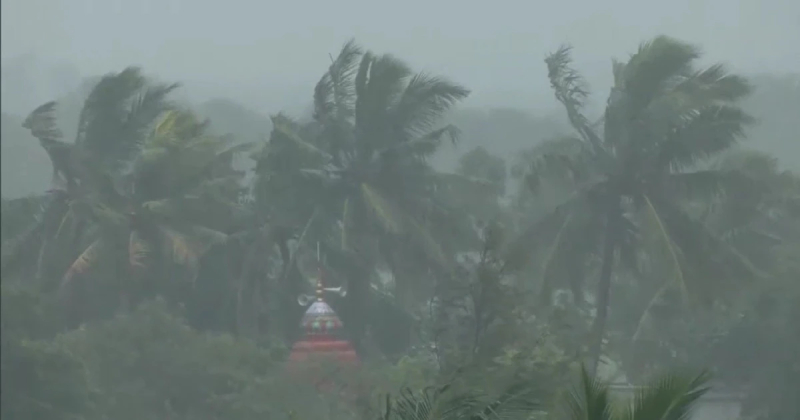 NASA is diligently working to resolve an ongoing air leak in the Russian segment of the International Space Station (ISS) while highlighting significant advancements in reducing the leak rate. The issue was first identified in 2019 within the Zvezda module’s PrK vestibule and has since been a focus of ongoing investigations and mitigation strategies.
NASA is diligently working to resolve an ongoing air leak in the Russian segment of the International Space Station (ISS) while highlighting significant advancements in reducing the leak rate. The issue was first identified in 2019 within the Zvezda module’s PrK vestibule and has since been a focus of ongoing investigations and mitigation strategies.
A recent report from NASA’s Office of Inspector General underscored the seriousness of the leak, which surged to nearly 1.7 kilograms per day by April 2024. This alarming increase prompted the ISS program to categorize the situation as the highest risk level. Fortunately, NASA officials have confirmed substantial progress, with recent repairs resulting in a reduction of the leak rate by approximately one-third.
The root cause of the air leak remains under scrutiny, with NASA and Roscosmos examining both internal and external welds for potential failures. In a bid to minimize the leak’s impact on ISS operations, crews maintain the hatch to the affected area in a closed position when not in use.
While both agencies are collaborating to fully understand the leak, they have not yet reached a consensus on what constitutes an “untenable” leak rate. If conditions deteriorate, a long-term solution may involve permanently sealing the hatch, which would eliminate a docking port for Progress and Soyuz spacecraft.
The air leak is just one of the numerous challenges NASA faces as it strives to sustain ISS operations until the end of the decade. Additional concerns include potential supply chain issues for spare parts, the ongoing certification of Boeing’s CST-100 Starliner for crew transportation, and the growing risks posed by orbital debris.
As the ISS nears its planned decommissioning between 2028 and 2030, NASA is also focusing on deorbit plans, having contracted SpaceX to develop a deorbit vehicle based on the Dragon spacecraft. However, this project is not without its potential budget and scheduling risks. Despite these hurdles, NASA remains dedicated to the safe operation of the ISS and continues to collaborate with international partners to address and mitigate risks that threaten the station’s long-term viability.




